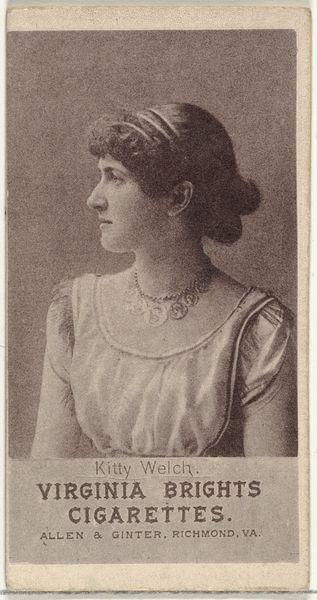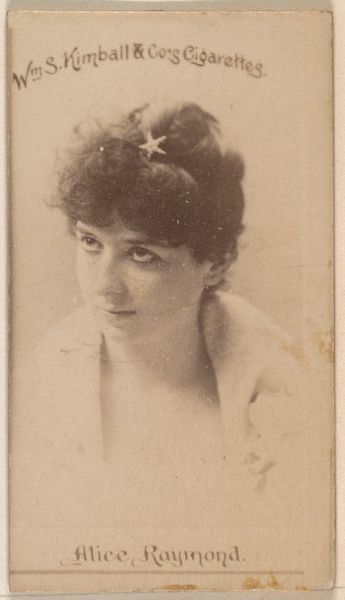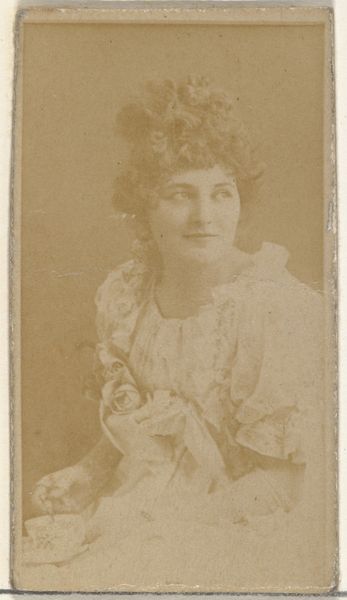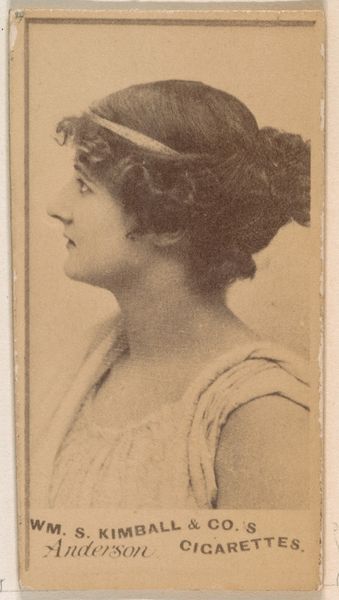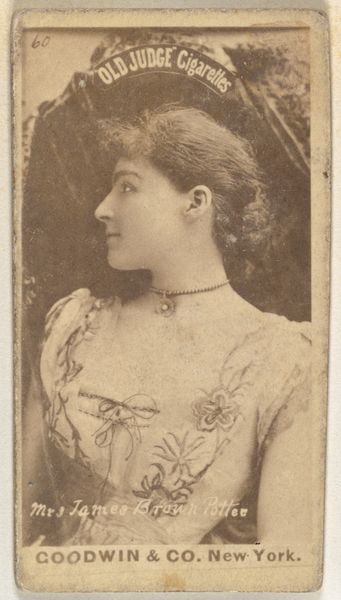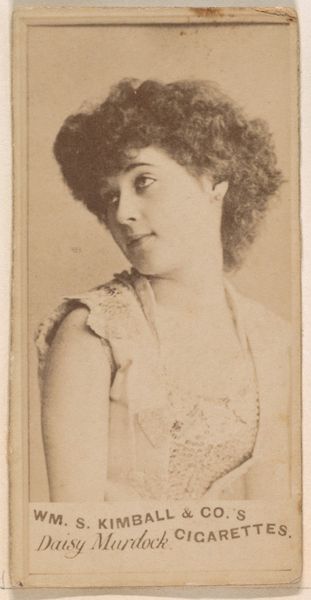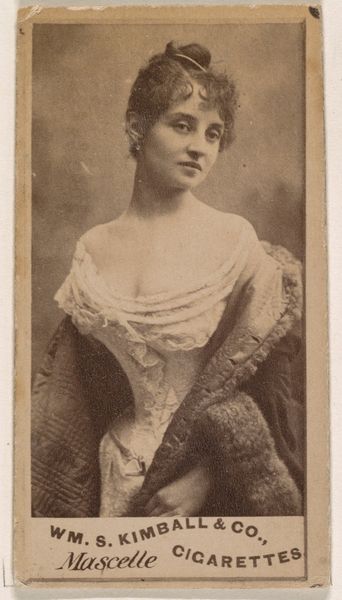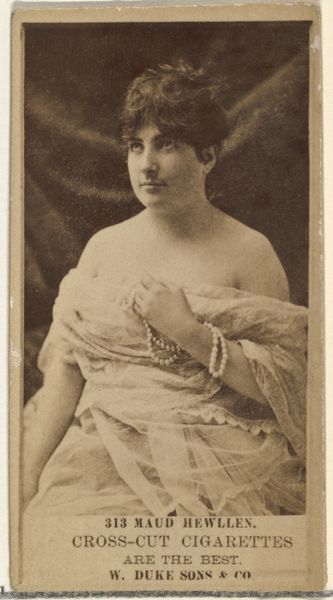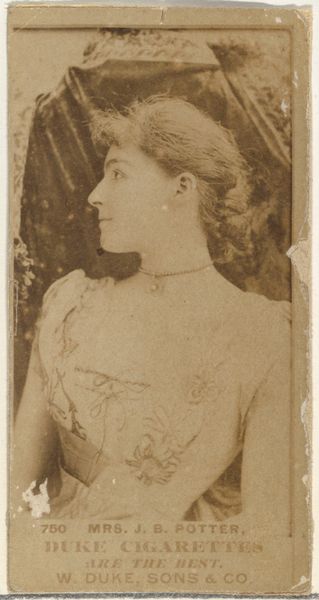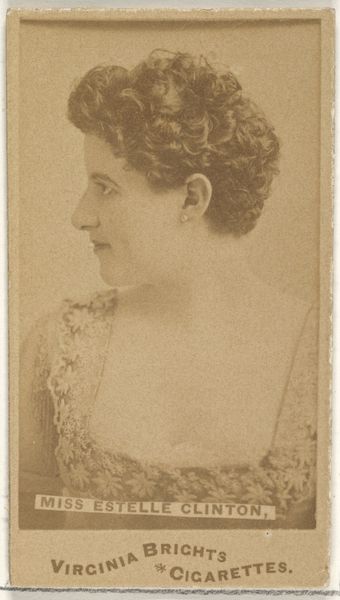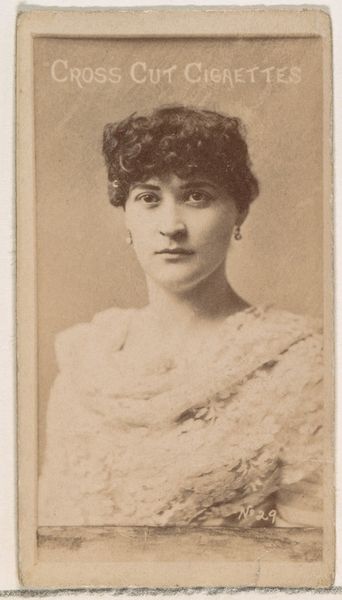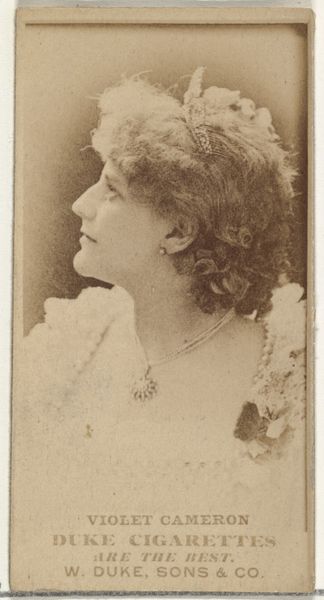
photography
#
portrait
#
pictorialism
#
photography
#
symbolism
Copyright: Public domain
Editor: This is Frank Eugene's photograph, "Woman in Kimono." The tones create such a soft and dreamy atmosphere, like a hazy memory. I am really captivated by the interplay between light and shadow on the draped kimono. How do you interpret this work from a formal perspective? Curator: A fascinating piece, wouldn't you agree? Immediately, I'm struck by how the composition uses a restricted tonal range to build depth and draw focus. The kimono, with its intricate floral embroidery, becomes a canvas in itself, set against the misty, undefined backdrop. Notice how Eugene has orchestrated a play of textures – the silky sheen of the fabric versus the more diffuse, painterly quality of the background. This contrast is what brings the figure into sharp focus. The positioning, drawing the viewers’ eyes towards the curves in the figure which further brings out depth within the 2-dimensionality of the piece. Editor: It does make it interesting. How is the kimono constructed, as a kind of framing device, to concentrate attention on the woman's face in profile, her gaze directed outwards as if lost in thoughts? Curator: Precisely. The subject's profile and direction act as vectors in the visual space, guiding the eye. We cannot miss the brooch, acting like punctuation to what we could describe as being a series of geometric planes brought about from how light reacts in space. From a formalist lens, "Woman in Kimono" showcases Eugene's keen understanding of the expressive potential inherent in photography’s materiality. Are you noticing the same thing? Editor: Absolutely. Seeing it this way has given me a much deeper appreciation for the technical skill and compositional decisions. Curator: Likewise, our visual exploration has offered an unexpected dimension. It brings out nuances in the original aesthetic achievement and reminds me about how we engage with an artwork can constantly evolve and shift.
Comments
No comments
Be the first to comment and join the conversation on the ultimate creative platform.
